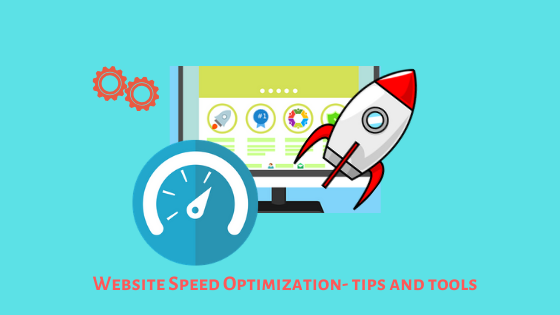
A website’s loading speed is important. It improves user experience, reduces bounces, and boosts search rankings. Some of the best techniques to optimise the loading speed of a website include the following:
1. Optimising Images
Most of the time, images take a large part of the load time of any webpage. You can do the following to optimise images:
Compress them using tools such as TinyPNG and JPEG Optimizer. This will help reduce image file sizes without affecting their quality.
Use the Right Formats: Use JPEG for photos. Use PNG for graphics with fewer than 16 colours. Use SVG for logos and icons.
Lazy loading loads images only when they are about to be in view. This saves bandwidth and speeds up initial load times.
2. Minimise HTTP Requests
Every element of a webpage, whether an image, script, or CSS document, is acquired via an HTTP request. Lowering these can speed up your site:
Bundle Files: It enables you to group more than one CSS and JavaScript file into just one.
Use CSS Sprites: Instead of using several images, use one. Usually, it’s a sprite sheet. Then, use CSS to call the needed part of the image.
Kill Needless Plugins: Another impact on reducing the number of files is of plugins. Each plugin will add some additional files to be loaded. Deactivate and delete all those that are not in use.
3. Enable Browser Caching
It basically stores users’ copies of your site’s files. In this way, when they come back, the browser will be able to load the page without fetching all resources again. Specify a date in your headers as to how long you want this information to be cached. It can be done in .htaccess file on your server.
4. Minify CSS, JavaScript, and HTML
Minifying means to remove extra characters, like spaces and comments. The code’s functionality must not change. The process for minifying CSS and JavaScript files is explained as below:
Use the online tools, which include Minify and UglifyJS. These are very helpful in the automatic minification process.
Automate with build tools: Use Gulp or Webpack to auto-run the minification process.
5. Use a Content Delivery Network (CDN)
A CDN distributes static files from your site across servers all over the world. That way, every user downloads from a nearby server, enhancing load times. Typical CDNs are Cloudflare, Amazon CloudFront, and Akamai.
6. Compression
Use Gzip compression. It can greatly reduce HTML, CSS, and JS files. For doing this, most of the web servers require a little change in their settings. This may reduce file sizes by nearly 70% to increase the loading speed.
7. Optimise Web Hosting
Your hosting service matters much regarding the speed of your site:
Use a Performance-oriented Host: SiteGround, Bluehost, and WP Engine are popular, high-performance hosts. Economic use of resources on your shared hosting can cause slowdowns to your site. A Virtual Private Server or a dedicated server provides more resources. So, performance increases.
8. Server Response Time should be the least
Fast server response time means fast webpage. Your server needs monitoring and optimization to reduce response time. Monitor the performance of your server by following the guidelines below:
Optimise database queries. Ensure your queries are efficient. They should not pull unnecessary data.
Use Efficient Code: Keep your website code clean and efficient.
9. Amp (Accelerated Mobile Pages)
AMP helps you develop pages that load super fast on mobile devices. It greatly speeds up your mobile pages by creating a plain, AMP HTML version of them.
10. Test and Test Often
Regularly testing your site will help you find problems. It will also show you if improvements are working. Test with online tools. Use Google PageSpeed Insights, GTmetrix, and Pingdom. They provide insights and improvement tips.
Test Performance: It means checking your site’s speed. Ensure changes or new content aren’t slowing it down.
Conclusion
We can optimise the loading speed by combining techniques that work on several parts of the website. In this case, optimize images, minify HTTP requests, enable caching, and use a CDN. Also, compress files and monitor performance. These steps will improve your website’s speed and user experience. These strategies won’t just make your site faster; it will be more efficient in general and user-friendly.

